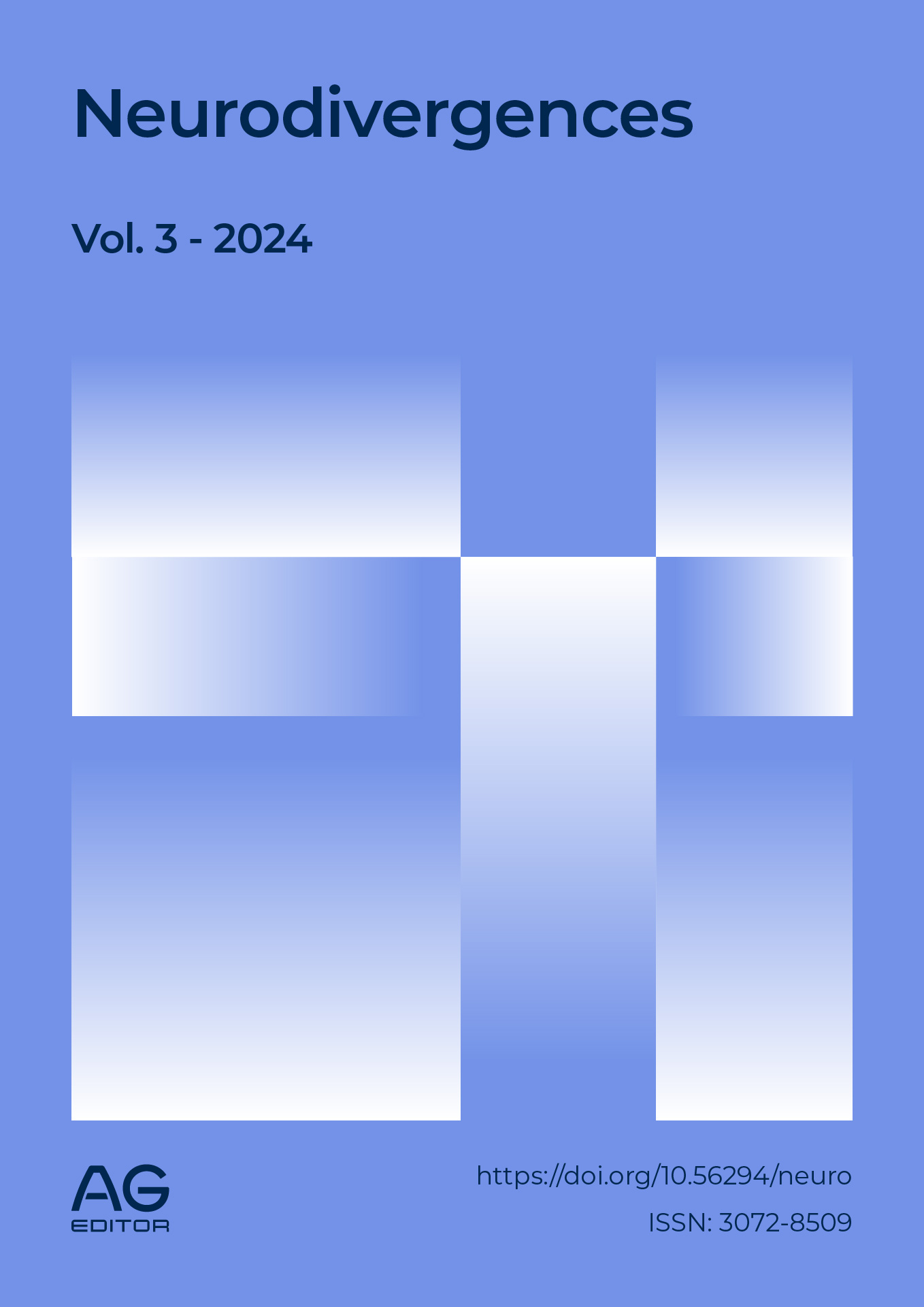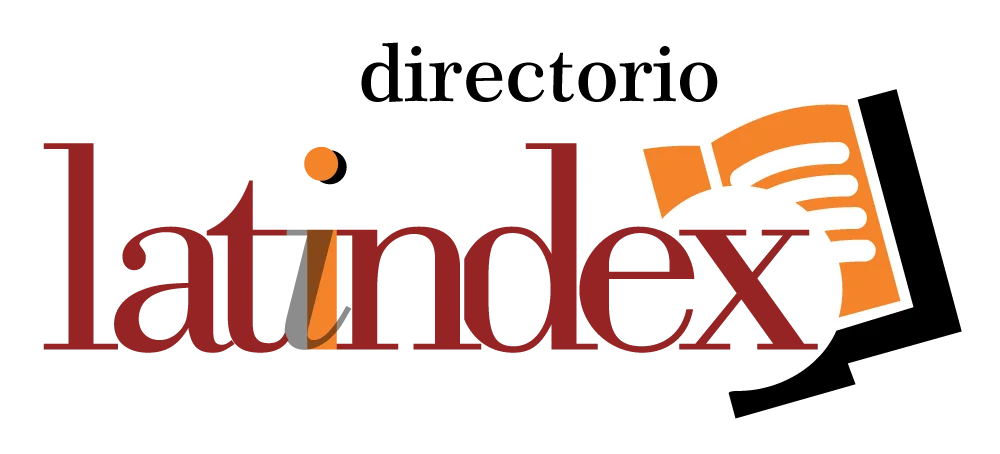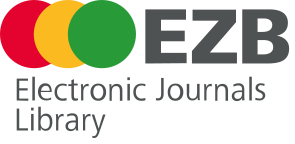Inclusive education and curriculum adaptations: strategies for school equity
DOI:
https://doi.org/10.56294/neuro2024124Keywords:
Educational inclusion, special educational needs, learning difficulties, curricular adaptations, equityAbstract
Introduction
The article analyzed the importance of ensuring inclusive, quality education for students with special educational needs (SEN), emphasizing the need to value diversity in teaching and learning processes. It was highlighted that Argentine legislation, in line with international frameworks, supported this right by establishing measures to ensure equal access, treatment, and outcomes in schools.
Development
It was explained that educational inclusion was not limited solely to access for students with disabilities to mainstream schools, but also involved the elimination of barriers that restricted the participation and learning of all students. The classification of SEN as permanent and temporary was explained, as well as that of Specific Learning Difficulties (SLD), which included dyslexia, dysgraphia, dysorthography, and dyscalculia. The analysis also addressed the role of curricular adaptations, distinguishing between access adaptations, non-significant adaptations, significant adaptations, and individualized adaptations as strategies for responding to the particular needs of each student. Likewise, the relevance of provincial and national programs that promoted teacher training and the design of inclusive projects as fundamental tools for transforming educational institutions was highlighted
References
1. Booth T, Ainscow M. Guía para la Educación Inclusiva. Desarrollando el aprendizaje y la participación en los centros escolares. Madrid: Consorcio Universitario Para la Educación Inclusiva, Universidad Autónoma de Madrid; 2002.
2. Booth T, Ainscow M. Guía para la Educación Inclusiva. Desarrollando el aprendizaje y la
3. Bronfenbrenner U. La ecología del desarrollo humano. Buenos Aires: Paidós; 1987.
4. Choque R. Ecosistema educativo y fracaso escolar. Rev Iberoam Educ. 2009;49(4):2-4.
5. Dussan Parra C. Educación inclusiva: un modelo de educación para todos. Rev ISEES. 2010;8:73-84.
6. Peñaloza Páez JA. Dificultades de aprendizaje. Rev Atlante: Cuadernos de Educación y Desarrollo [Internet]. 2013 [citado 2025 ago 26]. Disponible en: https://www.eumed.net/rev/atlante/2013/02/dificultades-aprendizaje.html
7. Ministerio de Educación de la Nación. Educación inclusiva: fundamentos y prácticas para la inclusión. 1ª ed. Buenos Aires: Ministerio de Educación de la Nación; 2019.
8. Ministerio de Educación de la Nación. Eliminando barreras para el aprendizaje y la participación en alumnos con dificultades específicas del aprendizaje (DEA). 1ª ed. Buenos Aires: Ministerio de Educación de la Nación; 2019.
9. Romero IG. ¿Qué son las adaptaciones curriculares? Resuelve todas tus dudas [Internet]. Fundación Adecco; 2019 [citado 2025 ago 26]. Disponible en: https://fundacionadecco.org/blog/que-son-las-adaptaciones-curriculares/
10. Universidad Siglo 21. Plan de Intervención Instituto Santa Ana. Módulo 0. Lección 4-10-14-30 [Internet]. 2021 [citado 2025 ago 26]. Disponible en: https://siglo21.instructure.com/courses/11655/pages/plan-de-intervencion-modulo-0#org2
11. Universidad Siglo 21. Plan de Intervención Instituto Santa Ana. Línea temática estratégica: Ecosistemas educativos e inclusión [Internet]. 2021 [citado 2025 ago 26]. Disponible en: https://siglo21.instructure.com/courses/11655/pages/plan-de-intervencion-modulo-0#_
12. UNESCO. Necesidades Educativas Especiales [Internet]. 1994 [citado 2025 ago 26]. Disponible en: http://www.unesco.cl/necesidades-educativas-especiales/.
Published
Issue
Section
License
Copyright (c) 2024 Rocío Macarena Celli , Sandra del Valle Soria (Author)

This work is licensed under a Creative Commons Attribution 4.0 International License.
The article is distributed under the Creative Commons Attribution 4.0 License. Unless otherwise stated, associated published material is distributed under the same licence.






